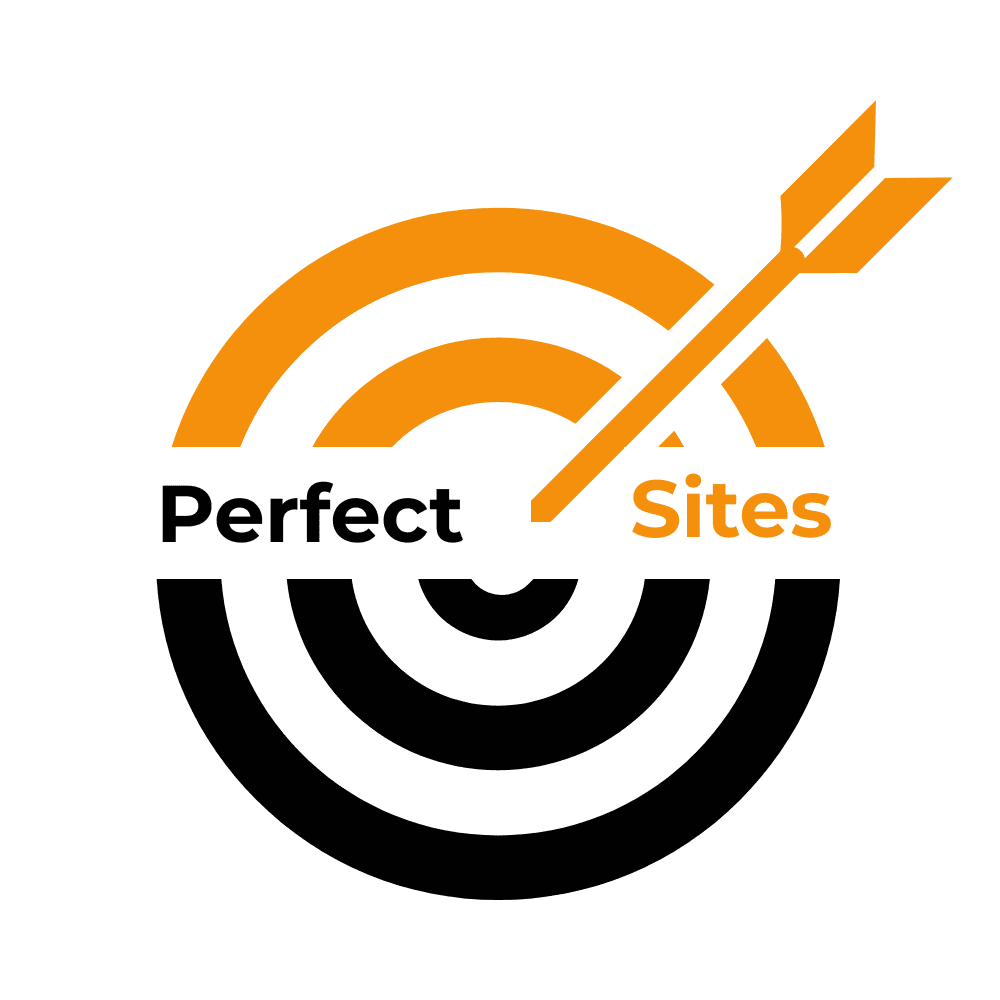Buffalo’s not just about snow and wings, though yes, those are both excellent. It’s also a city full of small businesses trying to stand out in a crowd that keeps getting louder. If you’ve ever stared at your website analytics and wondered why your traffic graph looks more like a flatline than a skyline, you’re not alone. Getting noticed online in Buffalo takes more than just showing up; it takes showing up in the right places, saying the right things, and knowing who’s actually listening.
Let’s talk about how to do that, without sounding like a robot or wasting your ad budget on clicks from people in Boise.
So, who’s searching for you?
Google’s gotten a lot smarter about location. It’s not just about “Buffalo” anymore; it’s about neighborhoods. People search for “coffee shop near Elmwood Village” or “emergency vet in North Buffalo.” And if your site doesn’t mention those places, Google might pretend you don’t exist.
Start with keyword tools like Ubersuggest or Google Keyword Planner. Look for phrases like “best tacos in Allentown” or “Buffalo vegan bakery.” Then, actually use them. Add those phrases to your title tags, headers, image alt text, and your Google Business Profile.
Oh, and speaking of “near me” searches, 78% of them on mobile lead to offline purchases. That’s not a trend; that’s a tidal wave.
(source)
Get your name on the right lists
Backlinks aren’t just for tech blogs and SEO nerds; they’re one of the clearest ways Google decides whether you’re legit. And for local businesses, the best backlinks come from other Buffalo-based sites.
Reach out to local publications like The Buffalo News or Step Out Buffalo. Find bloggers like Buffalo Eats or Rise Collaborative who already have the audience you want. Don’t overthink it. A quick email, a friendly pitch, maybe a free sample, and you’re on your way.
Use Ahrefs or SEMrush to see who’s linking to your competitors. Then ask yourself: why not you?
Make your Google Business Profile actually useful
You claimed your Google Business Profile, right? Great. Now go look at it again. Is your address correct? Are your photos from 2019? Have you posted anything since the Bills made the playoffs?
Update your NAP—Name, Address, Phone—everywhere. Add new photos. Post updates. Answer reviews, even the weird ones. Google notices when you’re active, and so do potential customers.
Also, make sure your info matches across sites like Yelp, YellowPages, and Foursquare. Inconsistent listings confuse search engines, which means fewer people find you. Citations still matter, even if they sound like parking tickets.
(source)
Ads that don’t waste your money
Buffalo’s got over 270,000 people, but let’s be honest, you’re not targeting all of them. Maybe you want folks in 14222 or 14216. Maybe you’re trying to reach homeowners on the West Side. That’s where geo-targeted ads come in.
Google Ads and Meta (yes, Facebook) both let you narrow your audience by ZIP code, radius, even street corners if you want. So if you’re running a snow removal service, don’t advertise citywide in July. Focus on neighborhoods that need you, when they need you.
Meta even lets you target within a one-mile radius. That’s basically “people who can see your sign from their porch” level targeting.
Content that sounds like Buffalo
If your blog could be written by a business in Boise, you’re doing it wrong. Local content should feel local. Write about events like the Elmwood Art Festival. Create guides like “How to Prep Your Buffalo Home for Winter.” Feature local customers with photos and quotes. People love seeing their city reflected back at them.
And when you write about Buffalo, Buffalo shares it. That’s how you get picked up by local media or shared in a neighborhood Facebook group. It’s SEO and community-building in one move.
Influencers who actually live here
You don’t need a Kardashian. You need someone with 12,000 followers who lives in Kenmore and has strong opinions about sponge candy. Buffalo has a solid crew of micro-influencers on Instagram, TikTok, and YouTube. They’re local, they’re engaged, and their followers trust them.
Use platforms like Upfluence or Heepsy to find creators who match your vibe. Then reach out. Product reviews, giveaways, sponsored posts—whatever fits your brand. Micro-influencers (between 10K and 50K followers) tend to get 60% better engagement than the big names anyway.
(source)
Show up in person, then send them online
Offline events are underrated. Sponsor a Bisons game. Set up a table at Larkin Square. Host a workshop in your store. You’re not just hosting an event; you’re creating a reason for people to visit your site.
Put up a QR code that links to your site. Post photos and videos afterward. Write a recap blog post. Tag attendees on social. Events are content goldmines, and they give people a reason to talk about you.
Track what’s actually working
You can’t fix what you don’t measure. Use Google Analytics and Google Search Console to see where your traffic’s coming from. Are people in Cheektowaga bouncing off your homepage? Are North Buffalo visitors converting better than Southtowns?
Add call tracking tools like CallRail if you rely on phone leads. You’ll start to see patterns: which neighborhoods call more, which campaigns fall flat, and where you should double down.
Final thought: Buffalo likes local
People here care about their city. They want to support local businesses, but you’ve got to meet them halfway. Speak their language. Show up in their feeds. Be part of the community, not just another ad in the sidebar.
Because in Buffalo, being local isn’t a tagline; it’s a strategy that actually works.
That’s the view from the ground.
We’ll be back soon with more real-world insights.
Until then, keep building.
– Perfect Sites Blog

